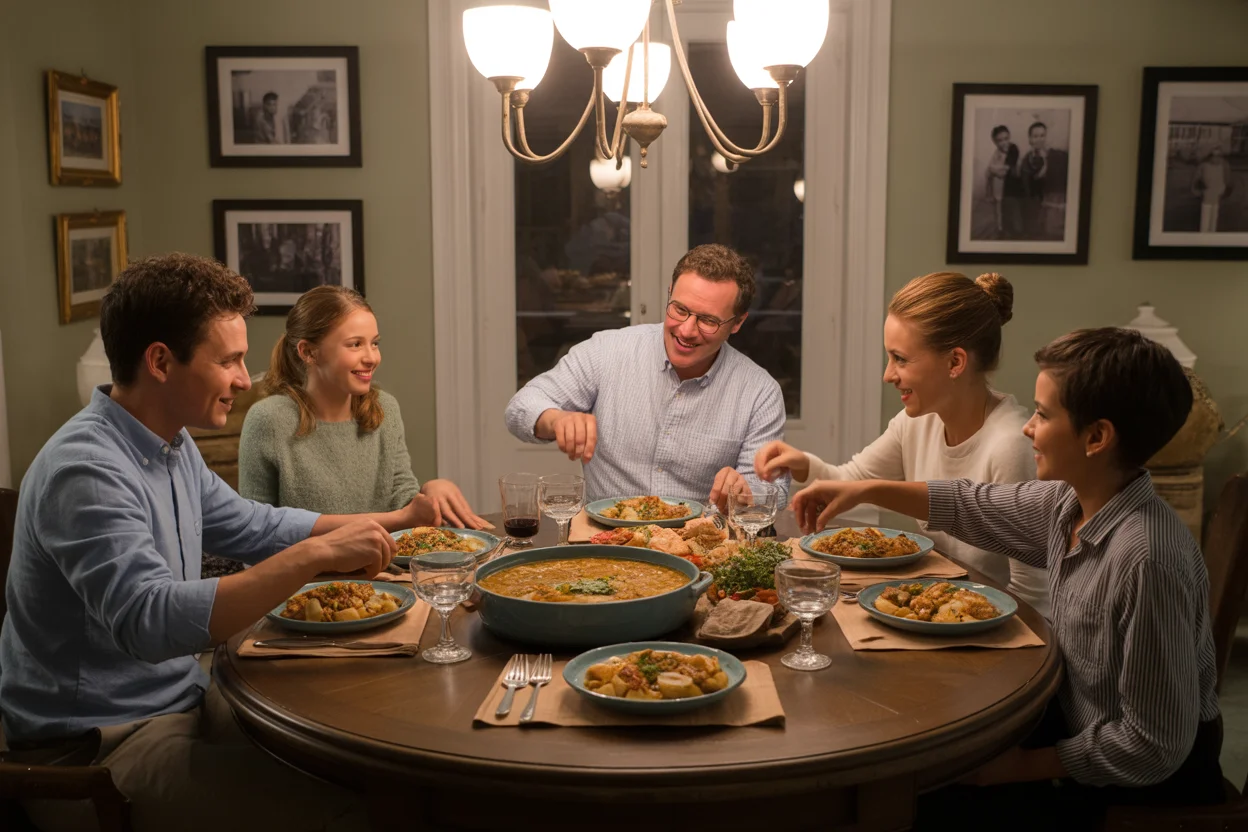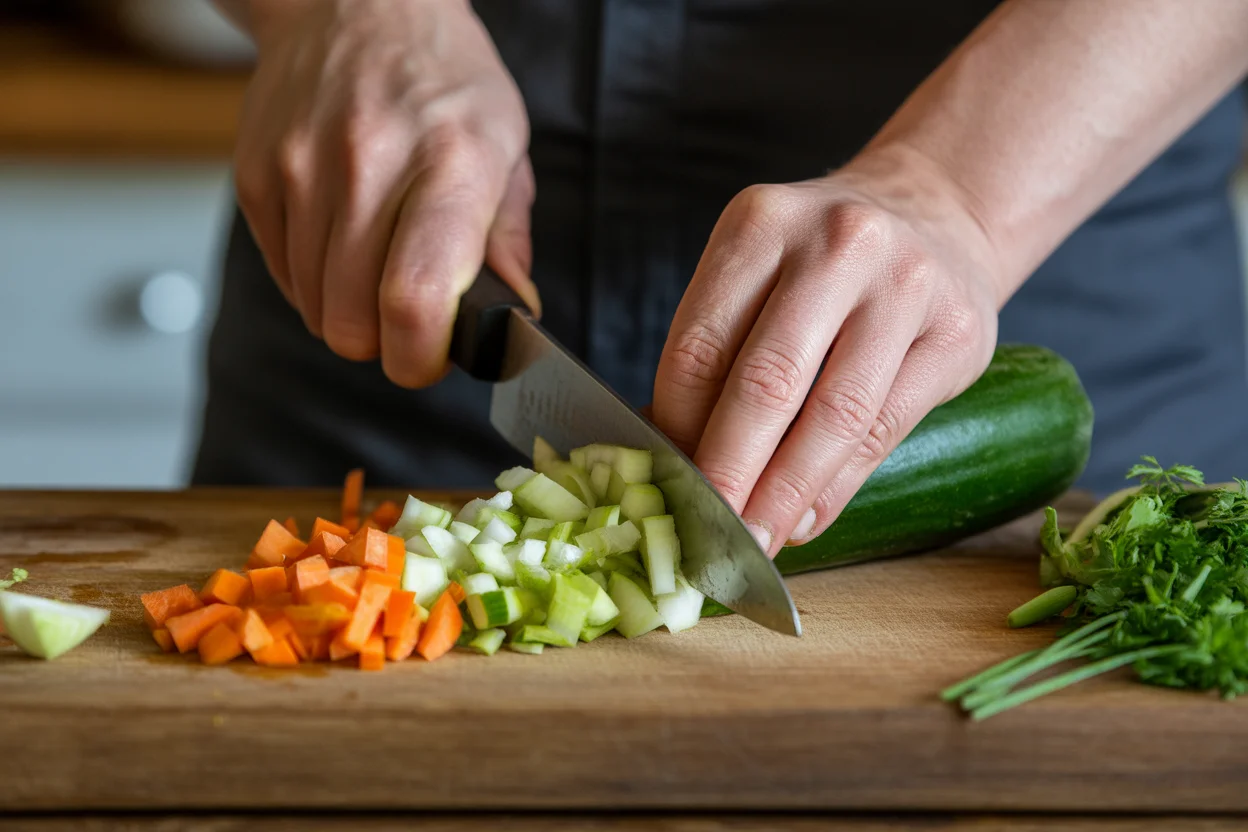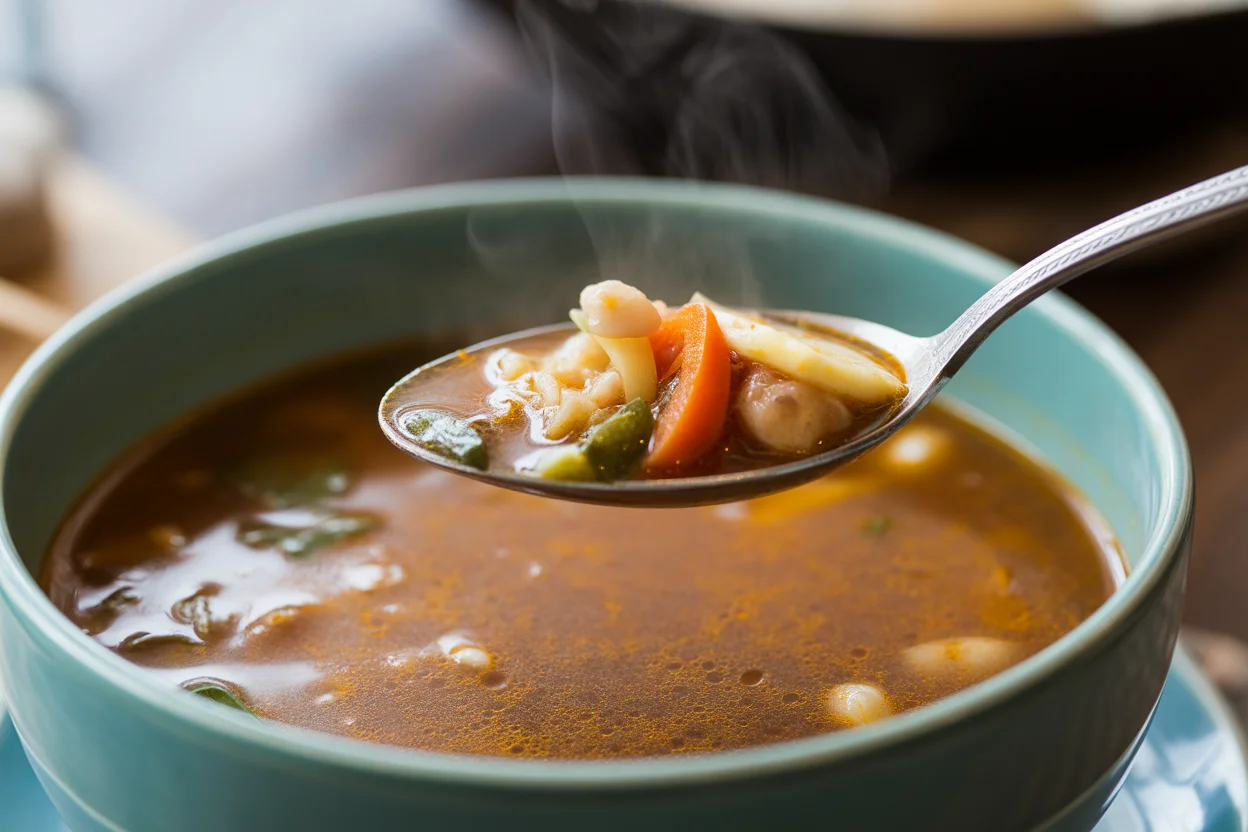Water-Based Cooking Recipes might sound like something only nutritionists or fancy health food folks talk about, right? But honestly, it just means making delicious food with water instead of drowning everything in oil or using heavy sauces. That was a game changer for me. The first time I tried making soup this way, I felt like I had finally cracked the code on real home cooking — healthier, cheaper, and not as messy. If you thought water-based recipes were just boring boiled veggies, let me show you how good it can get (and by the way, check out these gluten-free soup ideas and this list of irresistible tinned fish recipes if you want even more inspiration). I’ve got five easy favorites that are good for you and the wallet too.

Miso Salmon en Papillote
Honestly, when I first tried “en papillote,” I thought I had to go all five-star restaurant with parchment and strange folding techniques. Turns out, it’s just wrapping up salmon with some veggies in parchment (or even foil — I won’t tell) with a splash of water and a hit of miso. The steam does all the hard work.
You’ll want to lay a salmon fillet on a piece of parchment. Throw on a handful of sliced carrots and green beans. Spoon over one tablespoon of miso mixed with two tablespoons of water. Fold it up into a little packet. Bake it in the oven at 375°F for about eighteen minutes, give or take. When you unwrap it, the salmon is super tender and the veggies are soft but not mush.
Trust me, your kitchen will smell amazing — but cleanup is a breeze. My friend Emily swore she didn’t like fish until she tasted this. She asks for it now every couple weeks.
“It’s the only salmon recipe that actually makes me excited about fish night — and I don’t miss all that greasy butter. So simple but so bold.” — Emily, actual picky eater extraordinare

Healthier Cooking Methods with Water
You know, we’re so used to sautéing with oil (lots of it) or drowning stuff in creamy sauces. Water-based cooking cuts those calories and doesn’t cover up the real flavors of your food. Instead of frying, try simmering, poaching, or steaming.
Let me tell you, poached eggs in lightly salted water? Revolutionary. Sauces made by reducing veggie broth instead of heavy cream? Bright and zippy, not sticky and heavy. If you’ve ever wondered if it would taste bland, it really doesn’t. The flavors pop more. If you want hearty but healthy, check these carnivore-friendly soups for proof. Your heart (and maybe your waistband) will thank you.
Oh, and here’s a wild tip I heard from my grandma (who, by the way, thinks olive oil is “fancy European medicine”): a quick splash of boiling water brings out sweetness in carrots or snap peas. It’s kind of a magic trick that saves precious calories for dessert.

| Cooking Method | Description | Benefits |
|---|---|---|
| Poaching | Cooking food gently in simmering water. | Retains moisture and flavors; low-fat method. |
| Steaming | Cooking food over boiling water. | Preserves nutrients and color; no added fat. |
| Simmering | Cooking food in enough liquid to cover it. | Enhances flavors; suitable for soups and stocks. |
| Braising | Slow cooking food in a small amount of liquid. | Tenderizes tough cuts of meat; rich flavor. |
| Blanching | Briefly cooking food in boiling water and then cooling. | Locks in color; makes peeling easier for fruits. |
Creative Recipes Using Water
It’s not all about soup, promise. Ever tried water-steamed dumplings? Or a rice pot you finish with lemon water and fresh herbs? Sometimes it’s the creative little touches that make all the difference.
The trick I use the most? “Water stir-fry.” I add a splash of water to a very hot pan with chopped broccoli, bell peppers, and thinly sliced chicken or tofu. Steam cooks everything super fast, so stuff is tender but still really vibrant. Pour off any excess water, then toss it with a drizzle of soy sauce or chili crisp right at the end. Crazy easy.
And if you feel like experimenting more, making your own quick broth with veggie scraps plus water is a game changer for home cooks. Nothing goes to waste, and your base for soups or risottos is suddenly so much tastier than plain water. You seriously don’t need a culinary degree for any of this — just a bit of curiosity (and okay, a willingness to eat some not-so-pretty meals now and then).

Nutritional Benefits of Cooking with Water
Cooking with water means a lot less fat, but there’s more to it than just “healthy” or “diet.” Boiling or steaming helps veggies keep their color and crunch, which means more vitamins stick around. Ever notice how carrots go neon orange when you simmer them? More beta-carotene for you, and you actually taste the carrot instead of just oil.
Steaming chicken or fish in water with herbs can help you cut sodium and mystery preservatives, which, let’s be real, are in so many takeout meals. Even better — your food feels lighter, but you stay full. It’s wild how much salt and grease I was used to before I gave this a try. I still crave an occasional fried thing, but I don’t feel sluggish after dinner now.
All those nutrients you’re working hard to buy and cook? Water-based recipes help you get your money’s worth instead of steaming all the good stuff away.
Tips for Cooking on a Budget with Water
Stretching your grocery budget is honestly a bit of an art form. Good news is, water costs next to nothing, and you can use it to make regular ingredients feel fancier. Here’s what I’ve learned, sometimes the hard way:
Budget-Friendly Tips:
- Use water and bones or veggie trimmings to make broth for soups or stews.
- Bulk up skimpy leftovers by simmering them in water with spices and fresh greens.
- Skip bottled sauces. Instead, try blending water with herbs and lemon for a zippy drizzle on cooked fish or chicken.
- Don’t toss out dry rice or bread! A splash of water and fifteen seconds in the microwave revives them.
Literally, I’ve scraped dinner together out of “nothing” by adding water and a handful of rice or frozen corn. Sometimes those meals end up being the ones you remember. A little resourcefulness goes a long way, especially if you’re saving up for birthday cookies from this ultimate cookie party guide.
Common Questions
Q: Can water-based cooking recipes really taste as good as fried or creamy dishes?
Absolutely. The flavors are cleaner and brighter. Try adding herbs, garlic, or fresh veggies for an extra pop.
Q: Will my food get mushy if I cook with water?
Only if you overcook it! Keep a close eye. Most things need way less time in water than you think.
Q: Do I need special equipment?
Nope, just a pot with a lid or a simple steamer basket. Even a regular pan works for most water-based cooking recipes.
Q: How do I get more flavor without adding oil or butter?
Use spices, citrus, or even a little miso. Fresh stuff and a splash of good vinegar also work wonders.
Q: What’s the best thing to start with if I’m new to this?
Try a one-pot soup or give something like steamed salmon a shot. Both are nearly foolproof and super satisfying.
Your Turn to Try Water-Based Cooking Recipes
Look, nobody’s asking you to swear off pizza or never use a drop of oil again. But exploring water-based cooking recipes is a legit way to save some cash, eat better, and — surprise — make food that actually tastes like the ingredients. Start simple. Even if it’s just boiling eggs using this easy water method, or poking around for ideas in places like this Reddit water-cooking thread. Or if you’re cooking plant-based, check Ashley Madden’s water swap tips for a fresh twist. You might just find your new weeknight favorite. Try it and tell me how it goes — would love to hear what you come up with!

